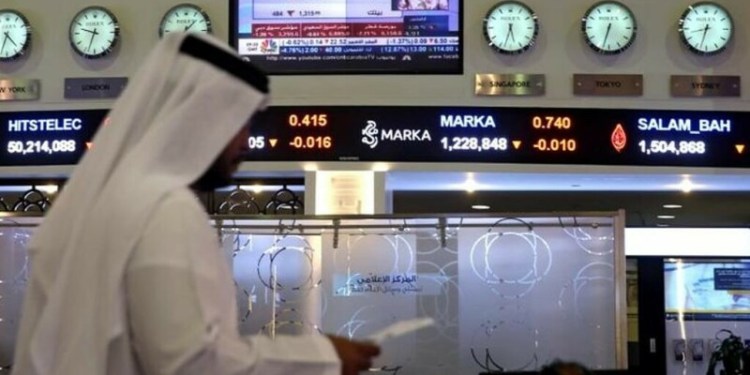A global oil glut that has hit energy companies hard but meant cheap prices for consumers is set to ease by year’s end, the International Energy Agency said Thursday.
However, the agency said any potential production freeze agreed by leading oil producers, who are due to meet in Qatar on Sunday, would only have a “limited” impact on supplies.
Ahead of the highly anticipated Doha talks, the 29-nation IEA said the oil market, which for months has been depressed by a vast oversupply, was expected to practically balance out in the second half of the year.
Prices shot to 2016 highs this week and are now well over $ 40 a barrel after plummeting below $ 30 early in the year. They are nevertheless far below the $ 100-a-barrel mark of mid-2014.
The IEA said in its monthly oil market report that it still anticipates “steady oil demand growth and falling non-OPEC supply”, referring to producers outside of the Organization of the Petroleum Exporting Countries.
“This scenario is now taking shape and the oil market looks set to move close to balance in the second half of this year,” it said.
Expectations that the Doha meeting will agree to freeze output have helped buoy prices recently after reports that OPEC kingpin Saudi Arabia and non-OPEC producer Russia had reached a consensus on freezing output, boosting hopes of a wider deal.
“We cannot know the outcome but if there is to be a production freeze, rather than a cut, the impact on physical oil supplies will be limited,” said the IEA, which gives advice to countries on energy policy.
“With Saudi Arabia and Russia already producing at or near record rates and very little upside seen apart from Iran… any deal struck will not materially impact the global supply-demand balance during” the first half of 2016, it said.
All oil producers, including those in the 13-nation OPEC cartel but also non-cartel members like Russia, which is due to attend the Doha talks, have suffered from the more than 60-percent drop in oil prices since mid-2014.
The collapse was due to a global glut caused in large part by US shale oil producers flooding the market.
The IEA said it remained confident that in 2016 global oil demand would grow by 1.2 million barrels per day.
On the supply side, the IEA said it saw signs that an expected slide in US shale production “is gathering pace”.
“By early April the rig count had fallen nearly 80 percent from the peak seen in October 2014 and more anecdotal evidence is emerging of financial problems taking their toll on the shale pioneers,” the IEA said.


























